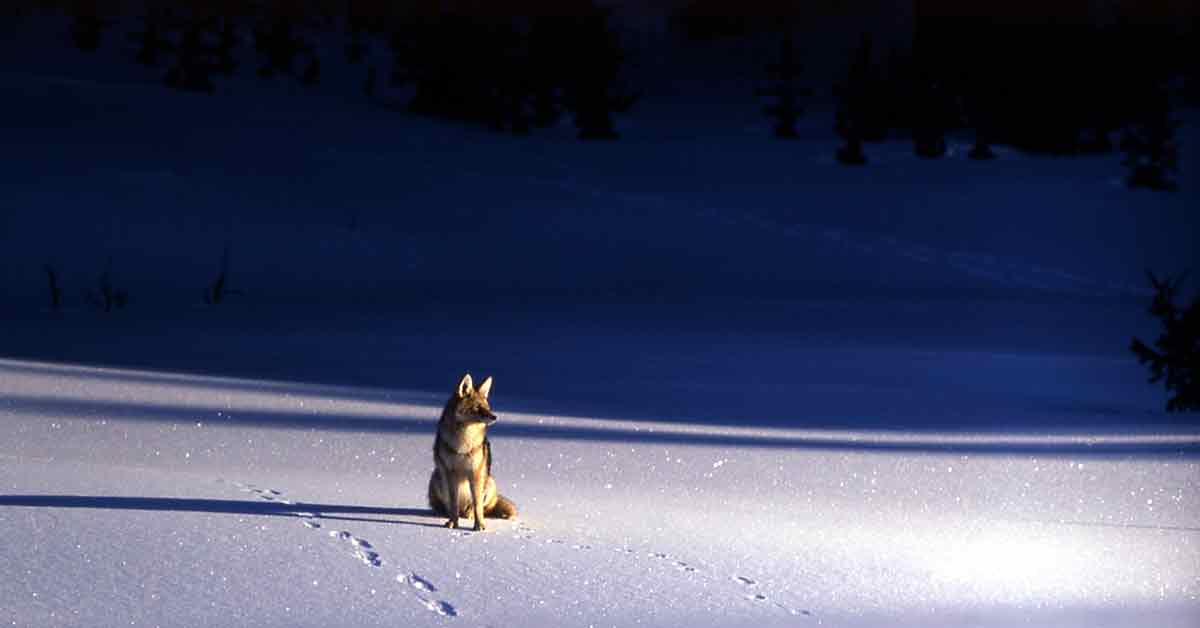
Hunters who intend to chase coyotes and other furbearers need to consider their predator light.
Photo: Pixabay
Closing of the firearms deer season – just days remain — means the start of predator hunting for increasing numbers of hunters.
Some will chase coyotes, foxes and the like after dark.
That, of course, requires a predator light. But which one to use?
Color is a factor to consider.
Red lights
Mike Huff of Lehigh County, a predator guide and pro staffer at CoyoteLight, relies solely on red lights. That, he said, is because of how coyotes see.
Huff, who’s written a book on understanding coyotes, said research shows coyotes and all canines see the world in shades of blue and yellow. A green light, therefore, stands out for them.
“It’s almost like white light, it’s so bright,” Huff said.
By comparison, red lights are much harder for coyotes to pick up. It’s not that they don’t see it at all, Huff said. But it appears much darker to them than it would be to a human.
Abner Druckenmiller of Mifflin County, a pro staffer with FoxPro and host of the television show Furtakers, prefers red lights, too, though he doesn’t feel color is quite as important as just making sure a hunter is scanning with his predator light at all times.
Whatever color he’s using, he keeps it on a coyote at all times once the animal is spotted. Otherwise, he believes, they see shadows or just figure out that something is wrong.
Green lights
Others, though, prefer a green predator light.
According to Larson Electronics, a manufacturer of red, green and other lights, for everything from hunting to industrial use, green lights have their place, too.
Hog hunters especially like them, the company said. That’s because hogs have a hard time picking up the green.
But some predator hunters prefer green, too, the company said.
“Green hunting lights allow hunters to see further and with better clarity at night because the human eye is more receptive to green light compared to red. This allows game to be spotted at longer distances which can equal the difference between a successful hunt and going home empty-handed,” it said.
Other considerations
Whatever color light you choose, consider how it turns on.
Huff prefers a light that turns on with a dial rather than a push button because of sound. The audible click of a push-button light often scares animals off if they’re very close, he said.
Look, too, for a light that can quickly go from throwing a narrow, long-range beam to a wider circle of light.








